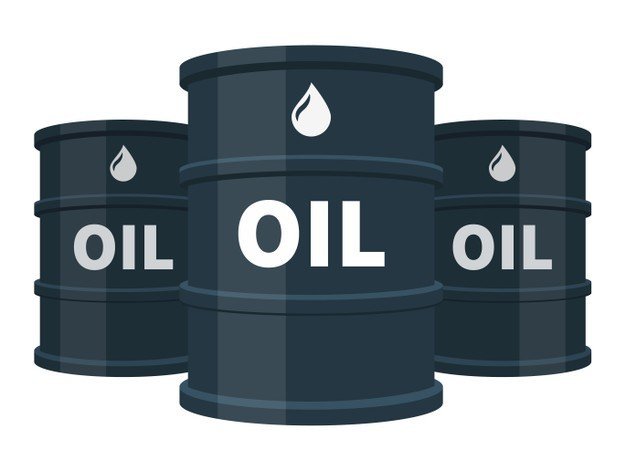U.S. crude prices rose on Friday and turned positive after an early decline, bolstered by expectations that the Organization of the Petroleum Exporting Countries and its allies, including Russia, will continue production cuts.
However, Brent and US crude benchmarks fell this week after hitting most-year highs on Monday.
Brent crude rose 6 cents to settle at $84.38, while West Texas Intermediate (WTI) crude rose 76 cents, or 0.9%, to $83.57.
While more supplies from Iran are likely to come online, it seems unlikely that OPEC+ will increase disciplined production that powers the market today.
Prices have been under pressure since Wednesday with the report that US crude inventories have increased by 4.3 million barrels in the last week. It is said that talks to revive the international agreement on Iran’s nuclear program will resume at the end of November, bringing it one step closer to increasing its oil exports.
Crude oil rose in 2021 as economies recovered from the COVID-19 pandemic, but prices are on their way down this week and Brent is facing its first weekly drop in nearly two months.
According to an information given on Friday that Exxon and Chevron are looking to add drilling rigs to the Permian shale basin after sharply cutting crews and production in the area last year. Chevron said it will add two drill rigs and two completion teams this quarter.
The OPEC+ alliance, which has gradually resolved last year’s record output cuts, meets on November 4, while Algeria on Thursday said the December crude oil production increase by OPEC+ should not exceed 400,000 barrels per day (bpd) due to market uncertainties and risks.
British and European gas prices continued to fall on Friday after Russia said it could start pumping gas into European warehouses.
U.S. energy companies added oil and gas rigs for the 15th month in a row in October as oil prices soared to seven-year highs, causing some drillers to return to the well.
As an early indicator of future production, Baker Hughes Co said the number of oil and gas rigs rose by two for the week to 544 on October 29 at its highest since April 2020.
Gasoline and distillate consumption in the United States, the world’s largest fuel consumer, has returned back to five-year averages after more than a year of weak demand due to the pandemic, which disabled refinery capacity.
Phillips 66 and Chevron Corp posted a quarterly profit on Friday, beating market expectations as rising oil and gas prices and recovery in motor fuel demand boosted production and refinery margins.
King Salman said on Saturday that Saudi Arabia will continue to support the stability of oil markets and also support efforts to provide clean energy to the world.

